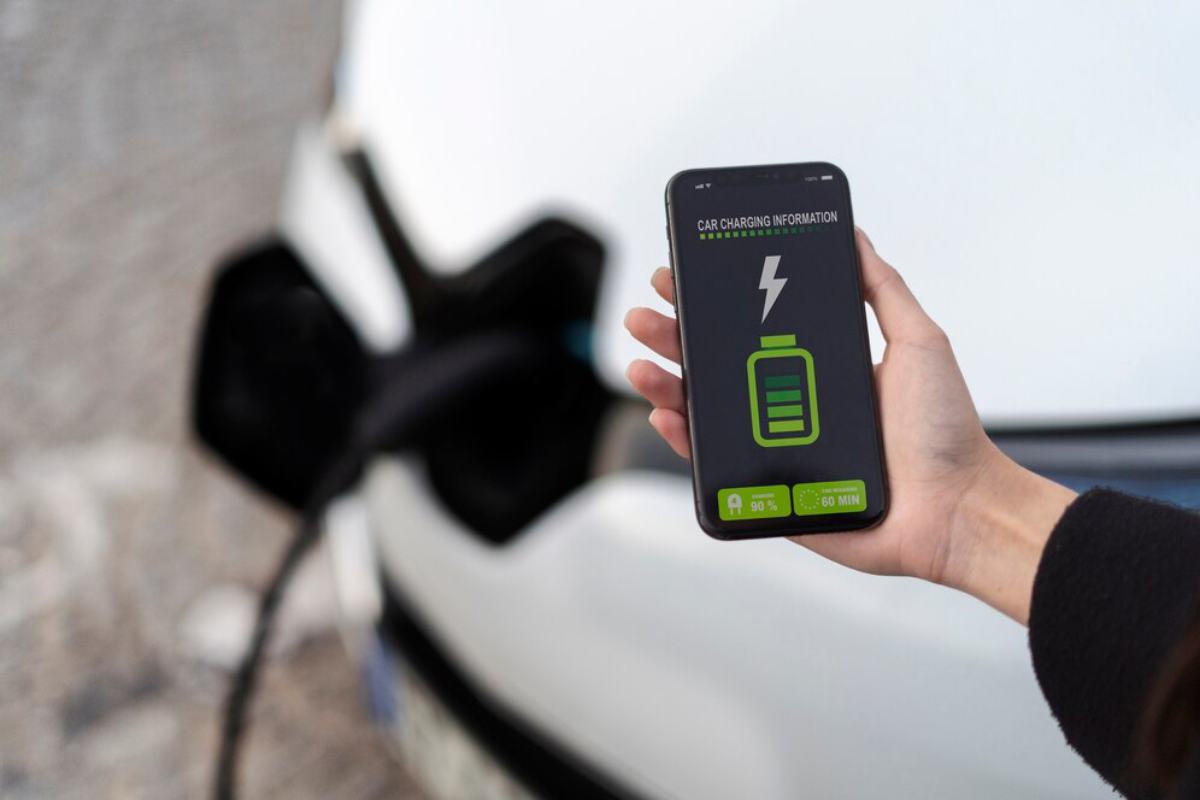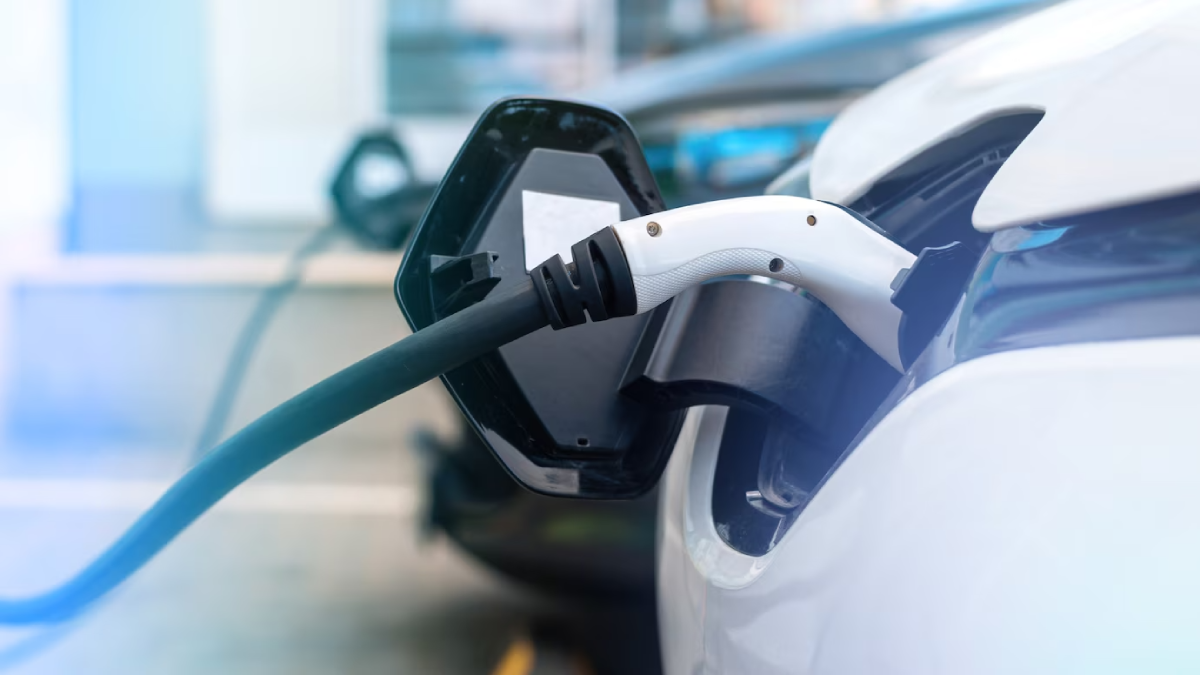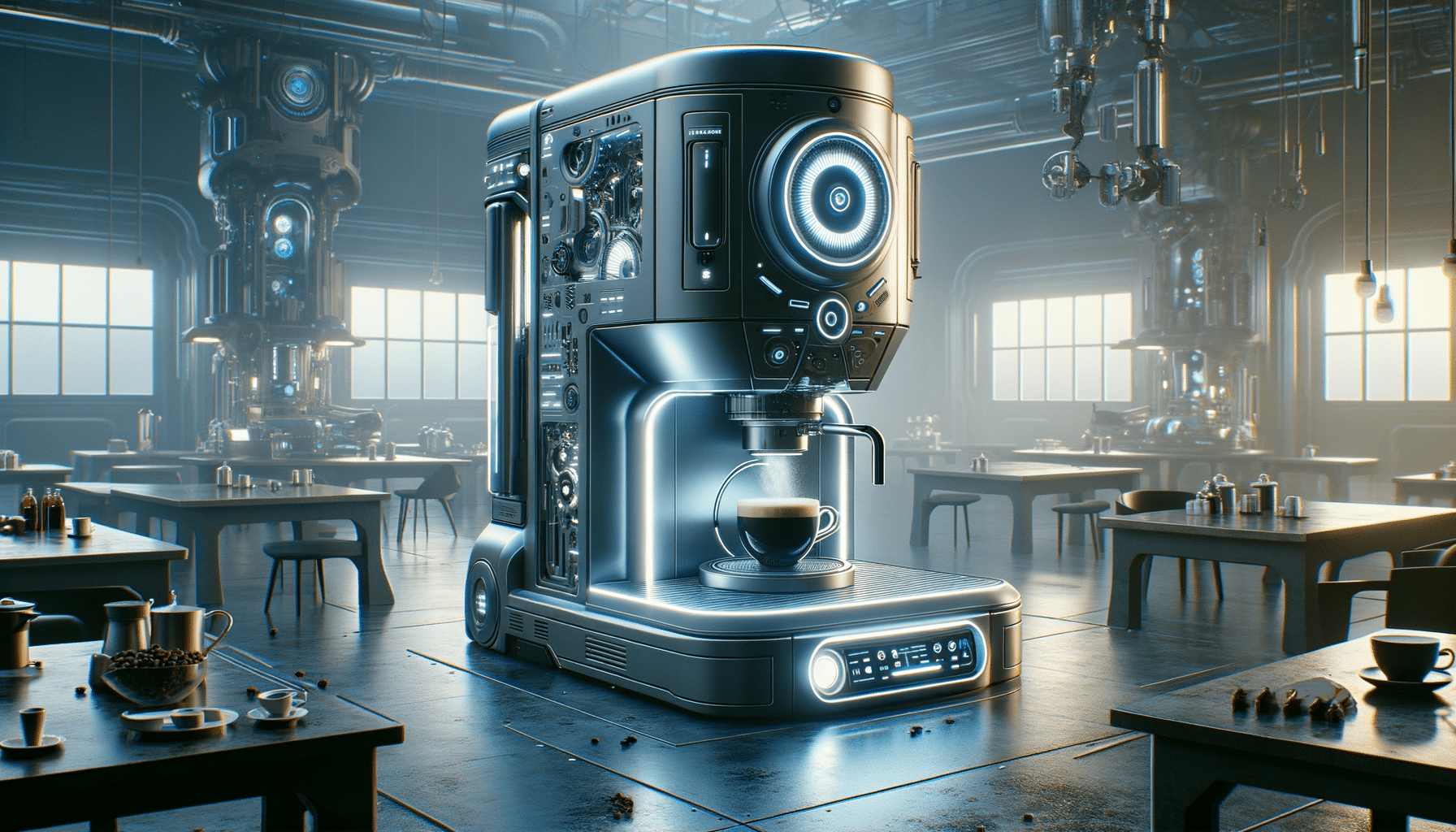
Turbocharging vs. Supercharging: Which Boosts Performance Better?
Regarding adding horsepower to an engine, enthusiasts tend to debate two of the best ways to accomplish this: turbocharging and supercharging. Both setups increase horsepower and torque but do so in entirely different ways. Understand how they function to make an informed decision. Familiarise yourself with the pros and cons of each and observe their real-world applications. Whether you plan to track your car, drive it your daily commute, or simply want some extra power, it matters.
This guide will cover the basics of both types of forced induction and their main features. It will help you decide which method gives you better tuning performance.
Understanding Forced Induction
Forced induction is any method of compressing the air entering an engine to allow more oxygen to enter the combustion chamber. More oxygen means more fuel can be burned, which results in greater engine power.
The two most common methods of forced induction are:
- Turbocharging – Powered by exhaust gases.
- Supercharging – Driven by a belt connected to the engine’s crankshaft.
They aim for the same goal, but their design and operation differ. This affects how they drive.

What Is Turbocharging?
How It Works
A turbocharger uses exhaust gas to spin a turbine connected to a compressor. This compressed air is then forced into the engine’s intake manifold.
Advantages of Turbocharging
- Efficiency: Utilises exhaust gases that would otherwise be wasted.
- Fuel Economy: Smaller engines can produce more power, reducing fuel consumption.
- Higher Peak Power: Typically allows for higher boost pressures.
Disadvantages
- Turbo Lag: Delay in power delivery due to spool-up time.
- Heat Management: Generates significant heat, requiring intercoolers and proper ventilation.
- Complexity: Installation and tuning can be more intricate.
Ideal Use Case
Turbochargers are standard in today’s cars. They are mainly used in models focusing on fuel efficiency and high performance. They are widely used in motorsport and performance-tuned road vehicles.

What Is Supercharging?
How It Works
The engine’s crankshaft mechanically drives a supercharger. The supercharger compresses air and pushes it into the intake system in real-time, providing an immediate boost.
Advantages of Supercharging
- Instant Power Delivery: No lag—boost is available when you hit the throttle.
- Linear Power Curve: Predictable and consistent performance.
- Simplicity: Easier to install in many setups.
Disadvantages
- Fuel Consumption: Parasitic loss from drawing power directly from the engine.
- Lower Efficiency: Less thermally efficient compared to turbocharging.
- Limited Peak Power: Typically lower boost levels than turbos.
Ideal Use Case
Superchargers are popular in muscle cars and drag racing. They provide quick throttle response and steady power, which are essential.
Key Differences Between Turbocharging and Supercharging
- Feature: Turbocharging
- Power Source: Exhaust gases
- Lag: Yes (turbo lag)
- Efficiency: Higher at peak RPM
- Installation Complexity: More complex
- Everyday Use: Modern performance and economy cars
- Feature: Supercharging
- Power Source: Engine crankshaft
- Lag: No (instant boost)
- Efficiency: Lower due to parasitic loss
- Installation Complexity: Generally simpler
- Everyday Use: Muscle cars and dragsters
Real-World Performance: Head-to-Head
Acceleration and Power
Turbocharged engines shine at high RPMs, delivering explosive power once the turbo spools up. Superchargers, however, provide consistent acceleration from a standstill.
The Audi RS3 has a turbocharged 2.5L engine for quick acceleration at high speeds, while the supercharged Dodge Challenger shines when it comes to fast starts.
Daily Driving
For daily drivers, turbocharging may provide better fuel economy and a quieter ride. However, the lack of an instant throttle response can make urban driving feel sluggish compared to supercharged cars.
Maintenance and Longevity
- Turbochargers require more heat management and regular oil changes.
- Superchargers strain the engine but tend to have fewer thermal issues.
Which Is Better for Tuning Enthusiasts?
Turbocharging for Custom Builds
- Pros: Highly tunable, broad aftermarket support, excellent for top-end power.
- Cons: It requires expertise for setup, and there is potential for lag.
Supercharging for Instant Gratification
- Pros: Bolt-on kits are available, easy to install, and have instant performance gains.
- Cons: Limits on peak power potential.
Tuner Insight: Many tuners prefer turbocharging for track builds due to the ability to fine-tune boost levels and fuel maps. Superchargers are often used in street builds for reliability and consistent output.
Emerging Trends and Hybrid Systems
Manufacturers are trying twin charging. This method combines turbocharging and supercharging. The goal is to boost performance.
The Volkswagen 1.4L TSI engine has both a supercharger and a turbo. The supercharger boosts low-end torque, while the turbo provides power at high RPMs.
Electric superchargers are entering the market. They use battery power to boost power, helping eliminate parasitic loss and lag.
Cost Considerations
- Turbo Kits: Generally more expensive due to complexity.
- Supercharger Kits: Lower upfront cost, easier DIY installation.
- Tuning and Maintenance: Turbo setups require professional tuning; superchargers can often work with stock ECUs.
Environmental Impact
Turbocharging contributes to better fuel economy and fewer emissions. Superchargers, due to engine drag, may increase fuel consumption and emissions.
However, both can extend the lifespan of smaller engines by allowing higher power without increasing displacement.
User Experience: Enthusiast Opinions
Turbocharged Fans Say:
- “There’s nothing like the surge when the boost kicks in.”
- “I get more power without sacrificing MPG.”
Supercharger Fans Say:
- “It’s the throttle response that does it for me.”
- “You can’t beat the simplicity and reliability.”
Turbocharging vs supercharging: your choice will depend on driving needs, budget, and tuning goals.
Turbocharging is king for track performance and tunability.
Nothing beats supercharging for everyday driving and power at a moment’s notice.
The future of performance tuning is hybrid systems and electric boosts
Ultimately, there’s no simple answer. But armed with the knowledge of how each system performs, you’re now in the driver’s seat to choose the best suits your build.
Ready to upgrade your ride? Explore forced-induction kits and take your performance to the next level today.


